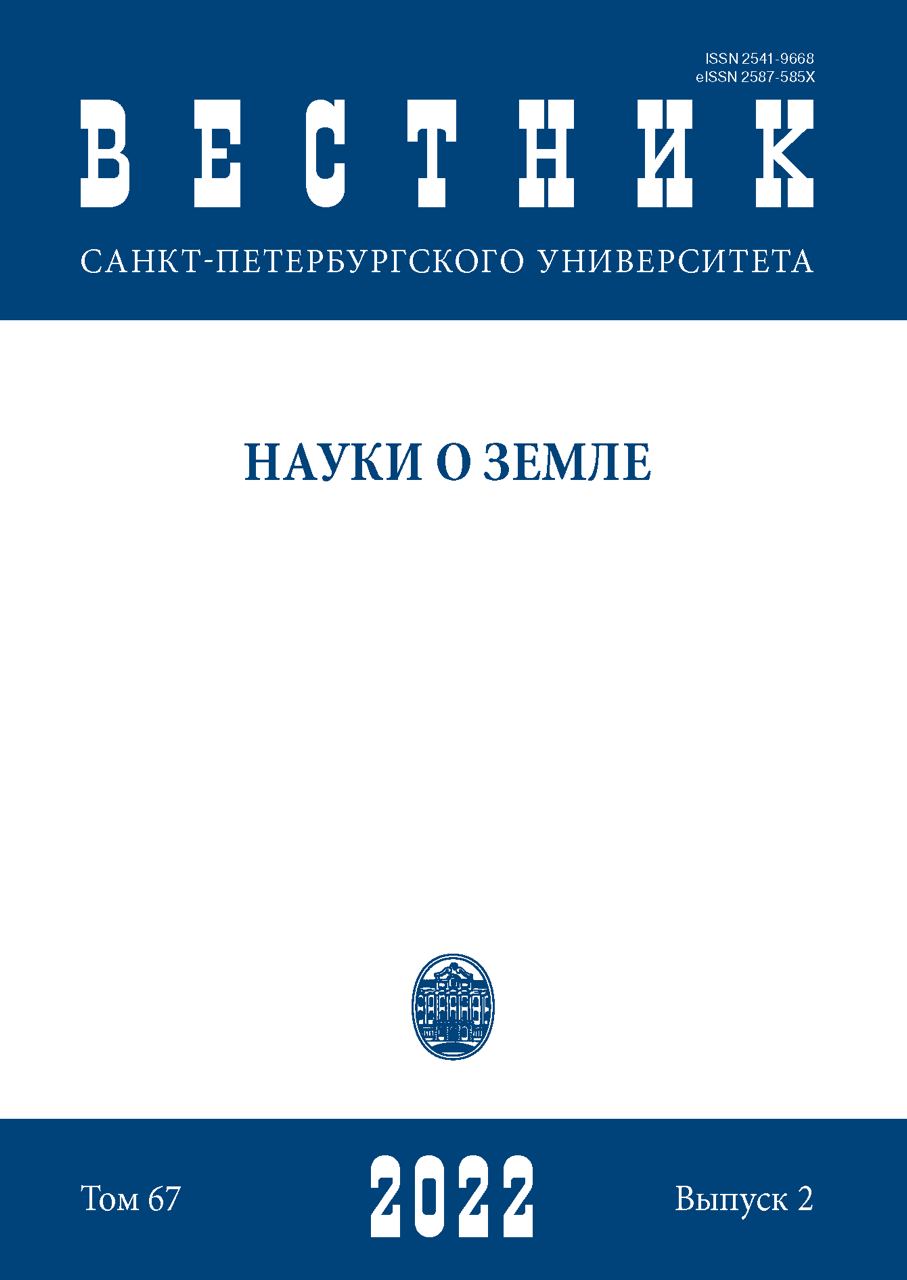Formation of the settlement hierarchy: Zipf’s law vs Central place theory
DOI:
https://doi.org/10.21638/spbu07.2022.206Abstract
This study compares the possibilities and advantages of forming the settlement hierarchy aсcording to Zipf and according to Christaller, starting from the first stages of the settlement systems development. The author found that the minimum number of hierarchy levels required to start the formation of the Christaller distribution, bypassing the Zipf distribution stage, for small values of the urbanization level was two: the first one, represented by one central place, and the level of rural settlements. With virtually the same possibilities of forming a hierarchy according to Zipf and according to Christaller at its initial stages in relation to the share of urban population, the advantages of the latter give large values of the maximum share of each central place in the population of the area it serves and lower costs of the system for the redistribution of the population between the existing settlements and the settlements emerging at a certain stage of evolution. At the same time, with an increase in the share of the urban population, the correspondence of the real rank-size distribution of cities to the ideal one (according to Zipf) decreases. The author established that the distribution according to Zipf and according to Christaller is a kind of two “immiscible liquids”: if the first is based on stochastic processes, then the second is based on non-random, even deterministic ones. The transition of the settlement system from the distribution according to Zipf to the hierarchy according to Christaller is a rather weak construct in the methodological and logical respect.
Keywords:
Central place theory, Zipf’s law, settlement hierarchy, stochastic process, deterministic process
Downloads
References
Downloads
Published
How to Cite
Issue
Section
License
Articles of "Vestnik of Saint Petersburg University. Earth Sciences" are open access distributed under the terms of the License Agreement with Saint Petersburg State University, which permits to the authors unrestricted distribution and self-archiving free of charge.






